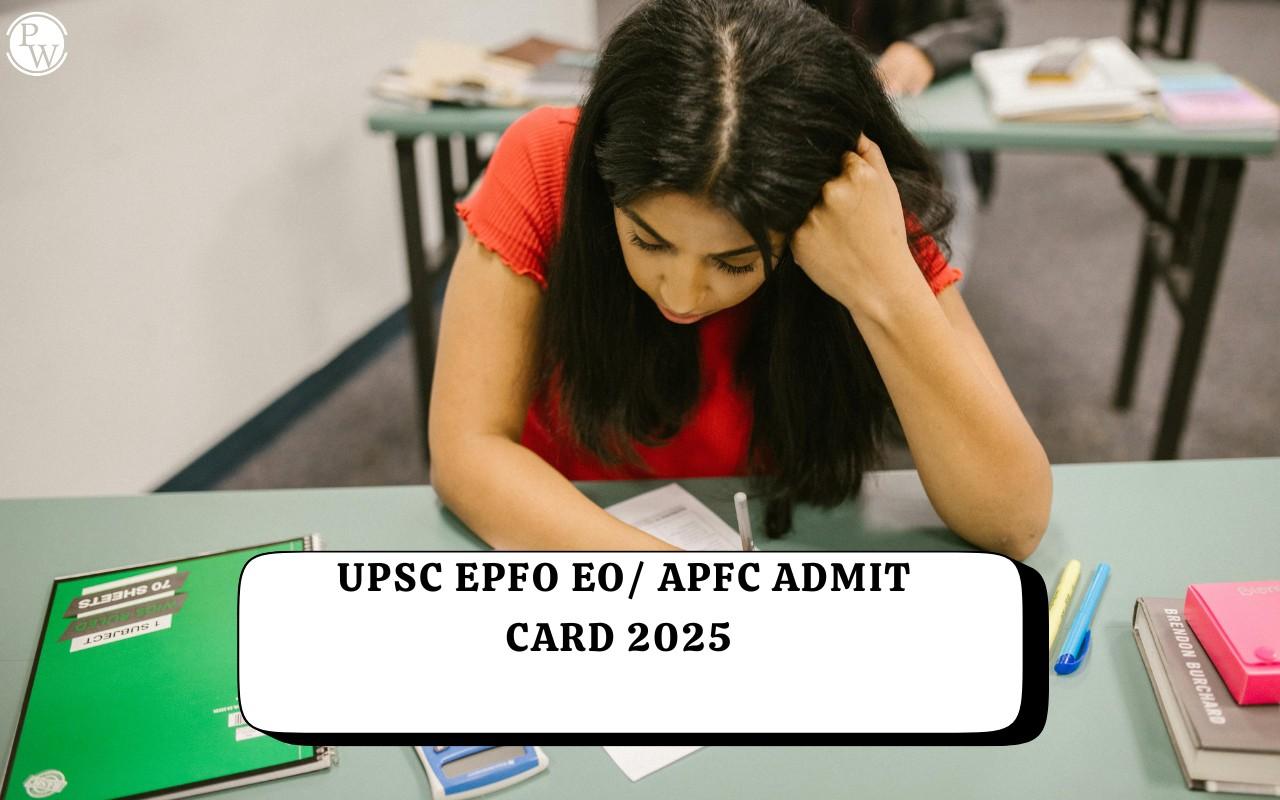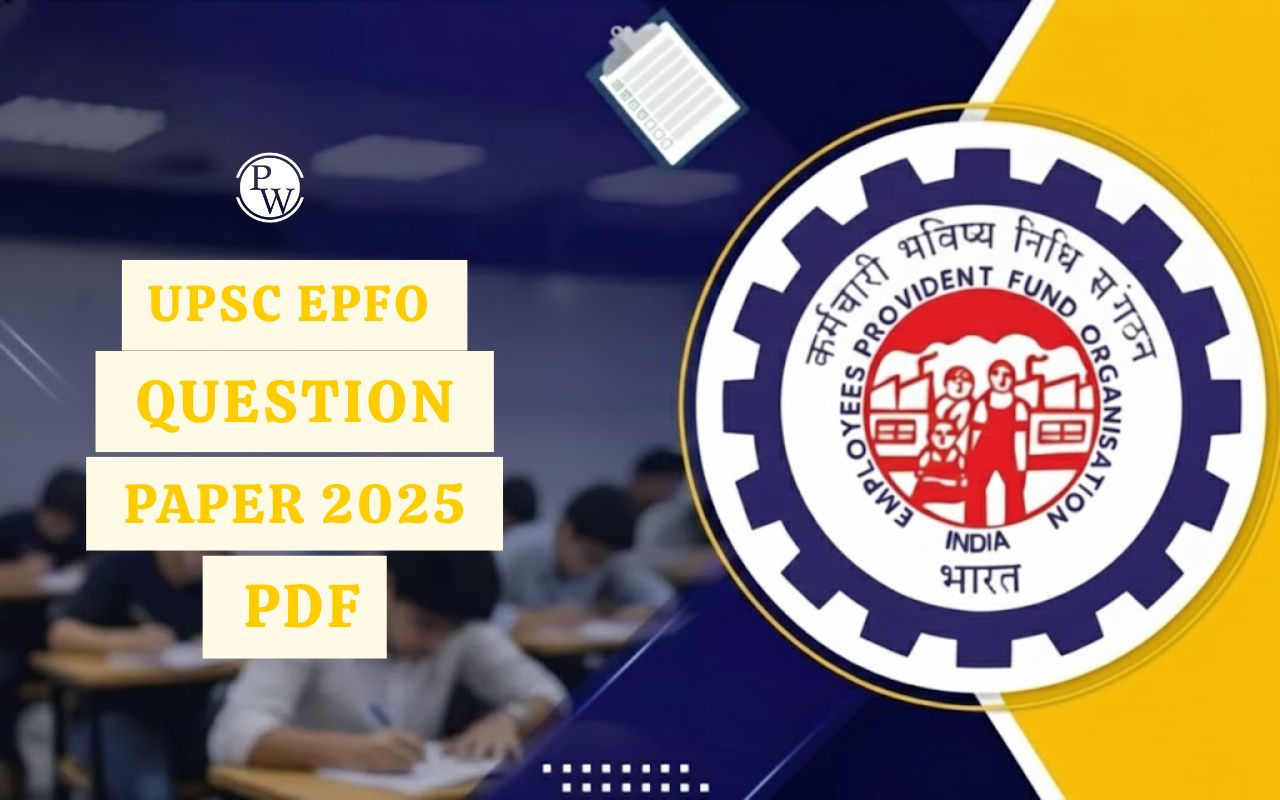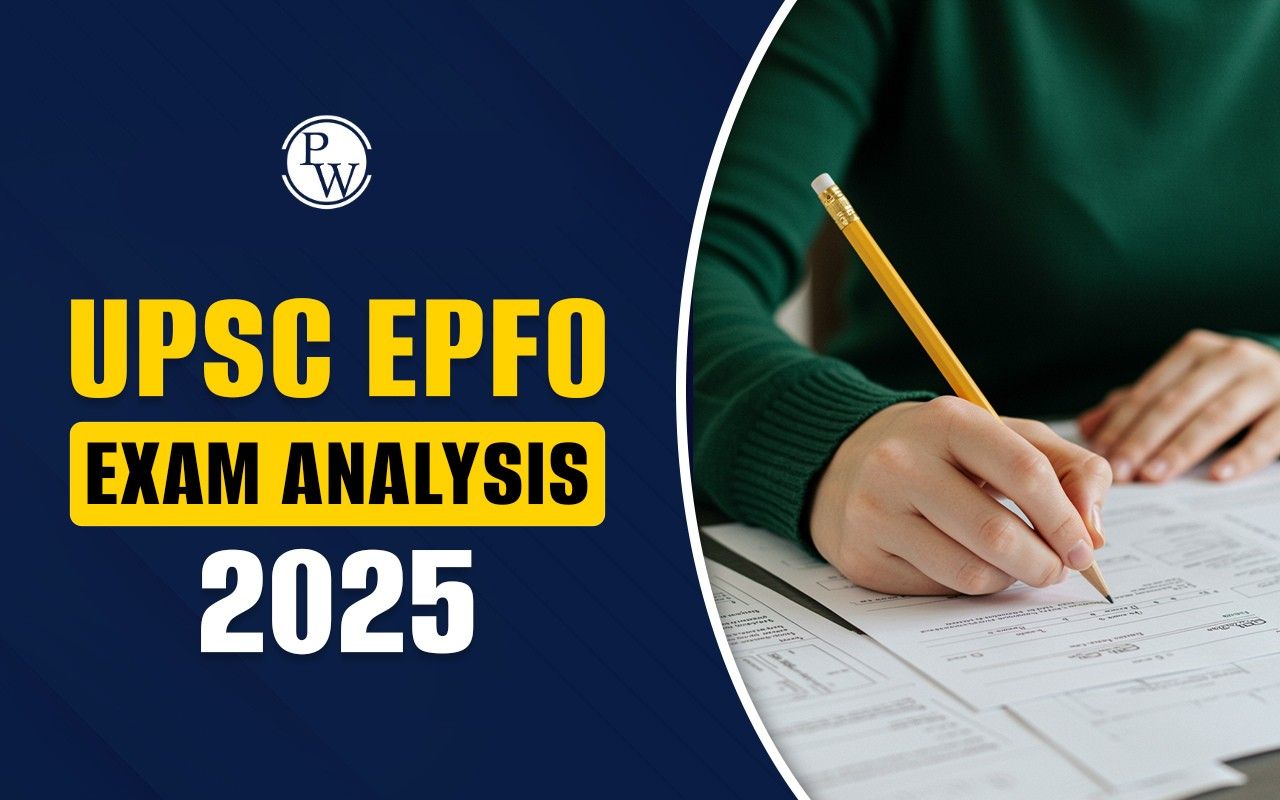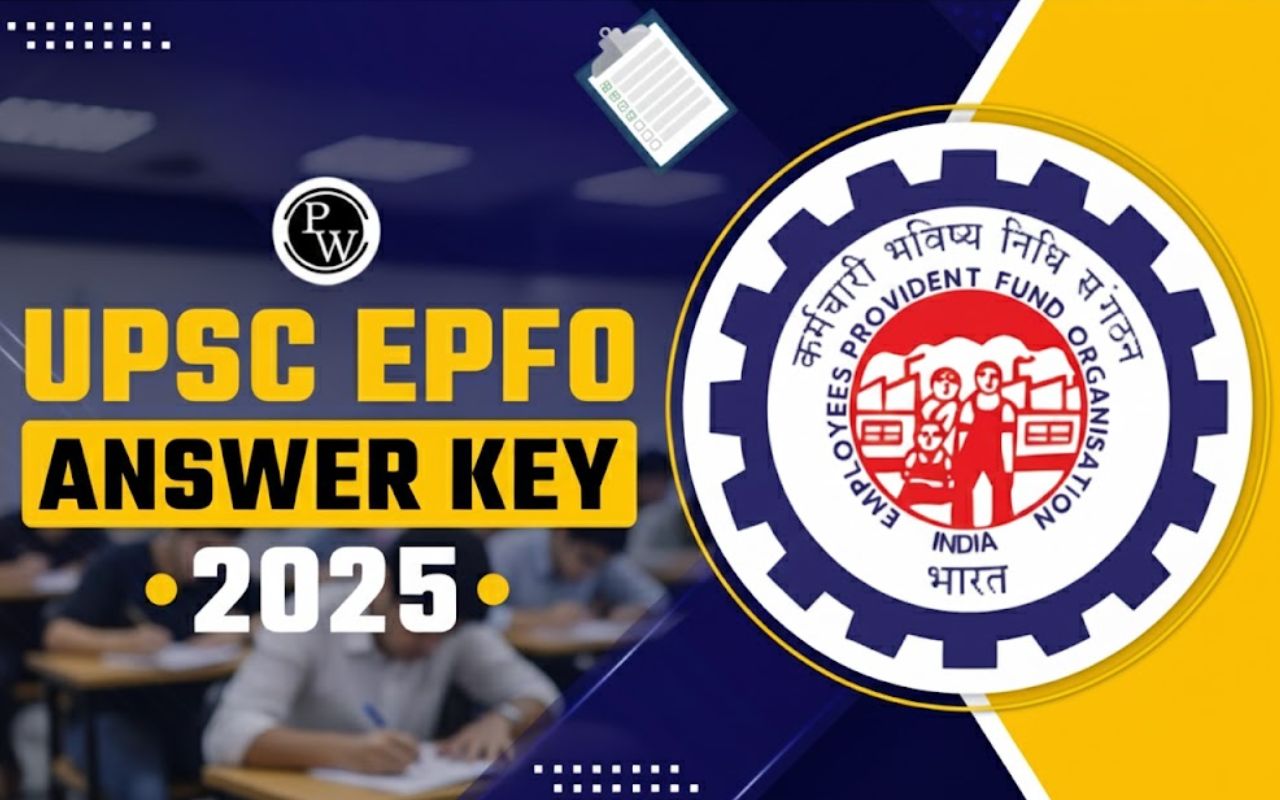
Kuka Movement was a significant social, religious and political movement that emerged in Punjab during the mid-nineteenth century. It is also widely known as the Namdhari Movement due to the followers of the movement being called Namdharis.
The Kuka Movement arose as a response to the British colonial rule in India and the perceived decline in moral and religious values among the Sikh community. It sought to revive the original Sikh practices, promote social reforms and resist British dominance in Punjab.
What is Kuka Movement?
Kuka Movement was a unique combination of religious revivalism and political resistance. It was rooted in the desire to restore Sikhism to its pure form as practiced by Guru Gobind Singh and earlier Sikh Gurus.
Alongside religious reform, the movement also aimed at addressing social issues such as the abolition of caste distinctions, promotion of women's rights and discouragement of practices like alcohol consumption and meat-eating. The followers known as Kukas were named after the high-pitched style (kook) they used when reciting the Gurbani the teachings of Sikh Gurus.
The movement eventually evolved into one of the earliest organized revolts against British colonial rule in India, making it historically significant not only for Sikh history but also for India's struggle for independence.
Kuka Movement Was Organised By
Kuka Movement was initiated by Baba Ram Singh, who was a religious leader of Sikhism and was strongly influenced by the teachings of Baba Balak Singh and Bhagat Jawar Mal, and this is what led to the Namdhari sect and which was the official onset of the movement on April 12, 1857.
He was significant in organizing the movement, preaching the message of the movement in Punjab and organizing followers towards religious and political movements.
Kuka Movement Started in Which Year
Kuka Movement was actually founded in 1857, the same year as the first large-scale rebellion against British rule in India, often referred to as the Sepoy Mutiny or the Indian Rebellion of 1857.
The wider movement was more of a military uprising, although the Kuka Movement was a mixture of spiritual reawakening, social reformation as well as political opposition. It came when the Sikh Empire had already collapsed in the hands of the British in 1849, and the Punjab region was secured under colonial rule.
The initial phase of the movement was more characterized by religious reformation and reinstatement of the Sikh traditions. Gradually, it grew to accommodate a political agenda to oppose British rule and encourage the self-sufficiency of Punjabis.
Namdhari Identity
The followers of the Kuka Movement were called Namdharis which translates to followers of the Name (Naam) of God. They were commonly referred to as Kukas too because of the high pitched voice when reciting the Gurbani.
The Namdharis stressed a rigid moral code, vegetarianism, sobriety and simple living.
To identify themselves with their religion, Namdharis dressed in white hand-spun clothes and saffron turbans. Their distinctiveness made them stand out of other Sikh groups and their adherence to simplicity, purity and self discipline can be attributed.
Social Objectives of the Kuka Movement
Kuka Movement was not limited to religious reform it also had a strong social agenda. Baba Ram Singh and his followers aimed to improve the social structure within Sikh society. Some of the key social objectives included:
-
Abolition of Caste Discrimination: The movement sought to eliminate hierarchical divisions within Sikh society and promote equality among all Sikhs.
-
Women Rights: The movement promoted widow remarriage, intermarriage and permitted women to come out of the isolation, which were traditional norms that limited women involvement in societal life.
-
Prohibition of Alcohol, Meat and Drugs: Namdharis promoted sobriety and vegetarianism as part of their moral and religious code.
-
Promotion of Ethical Living: Followers were encouraged to live a life of simplicity honesty and discipline avoiding ostentation and material excess.
Political Objectives of the Kuka Movement
Kuka Movement also had clear political goals, particularly as British control over Punjab became more entrenched. The political objectives of the movement included:
-
Resistance to British Rule: Namdharis sought to overthrow British authority in Punjab and restore Sikh sovereignty.
-
Promotion of Swadeshi: Followers were encouraged to boycott British goods and services and to support locally produced clothing, handicrafts and industries.
-
Non-Cooperation: The movement promoted boycotting British education, laws and governance, laying the foundation for non-violent resistance that would later influence India’s freedom struggle.
Course of the Kuka Movement
Kuka Movement gained momentum through extensive preaching and organizational work. Baba Ram Singh and his followers traveled across Punjab spreading their message and recruiting supporters. They emphasized strict discipline, adherence to Sikh values and preparation for social and political challenges.
The movement reached its peak between 1871 and 1872 when violent confrontations with the British took place. One of the most notable events was the Kuka raid on Malerkotla on January 15, 1872. The British responded with brutal force executing many Namdhari followers using cannons and deporting Baba Ram Singh to Rangoon.
Despite these setbacks the movement continued to inspire followers and maintained its focus on social reform and resistance against colonial rule.
Features of the Kuka Movement
The Kuka Movement had several unique features that distinguished it from other contemporary movements:
-
One of the key features of the Kuka Movement was religious reform. The movement focused on restoring Sikhism to its original, pure form, rejecting any innovations or corrupt practices that had gradually entered the faith over time.
-
Namdharis wore white hand-spun clothes and saffron turbans symbolizing simplicity, purity and commitment to Sikh values.
-
The movement promoted equality, women rights and eradication of caste-based discrimination.
-
The movement raised consciousness about British exploitation and inspired resistance through non-violent and organized efforts.
Significance of the Kuka Movement
The Kuka Movement holds a significant place in Indian history for several reasons:
-
Religious Revival: It strengthened Sikh identity and encouraged a return to religious purity.
-
Social Reforms: By challenging caste discrimination and promoting women rights, the movement laid the groundwork for future social justice initiatives in India.
-
Political Awakening: The Kuka Movement was one of the earliest organized uprisings against British colonial rule inspiring later freedom movements such as the Swadeshi Movement and the Non-Cooperation Movement.
-
Economic Self-Reliance: Through boycotts of British goods and promotion of local crafts, the movement encouraged self-sufficiency among Punjabis.
-
Legacy in Journalism: The Namdharis began publishing newspapers like Satyug in 1920 and Kuka in 1922 to spread their social, religious and political messages.
Jagjit Singh and Later Influence
While the original Kuka Movement was led by Baba Ram Singh later leaders like Jagjit Singh played a role in sustaining the Namdhari community and its traditions in subsequent decades. They helped preserve the teachings, practices and social reforms introduced during the movement. Through these efforts, the Namdhari community continued to be a symbol of resistance religious purity and social reform in Punjab.
Kuka Movement FAQs
What is the Kuka Movement?
What was the date of the beginning of the Kuka Movement?
Who were the Namdharis?
How did the Kukas look like?

UPSC Coaching









